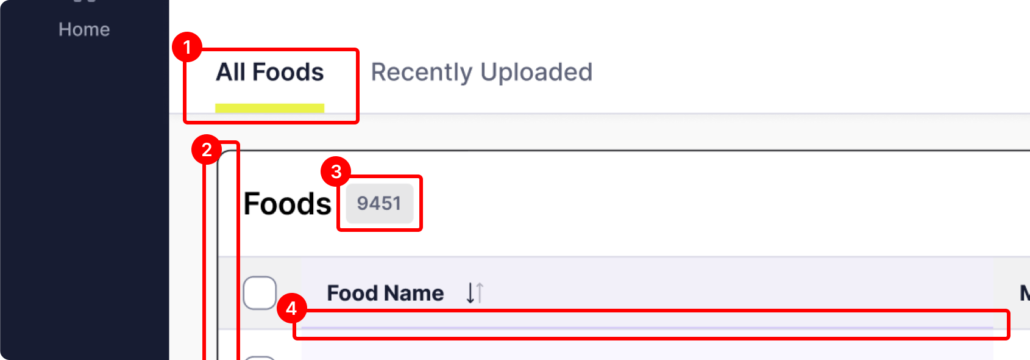

Dark mode has gained popularity among users due to its aesthetic look and potential benefits for reducing eye strain for certain users. However, designing for dark mode requires careful consideration to ensure readability, accessibility, and overall positive user experience. In this article, we will explore essential factors to keep in mind when designing for dark mode and provide practical tips for creating user-friendly interfaces.
Designing for dark mode involves careful attention to accessibility, consistency, and user preferences. By considering these key factors and implementing best practices, you can create visually appealing, user-friendly interfaces that provide an excellent experience for users in dark mode. Remember to always test the usability of your designs with real users and iterate as necessary to achieve optimal readability, legibility, and aesthetic appeal.
| Cookie | Duration | Description |
|---|---|---|
| cookielawinfo-checkbox-analytics | 11 months | This cookie is set by GDPR Cookie Consent plugin. The cookie is used to store the user consent for the cookies in the category "Analytics". |
| cookielawinfo-checkbox-functional | 11 months | The cookie is set by GDPR cookie consent to record the user consent for the cookies in the category "Functional". |
| cookielawinfo-checkbox-necessary | 11 months | This cookie is set by GDPR Cookie Consent plugin. The cookies is used to store the user consent for the cookies in the category "Necessary". |
| cookielawinfo-checkbox-others | 11 months | This cookie is set by GDPR Cookie Consent plugin. The cookie is used to store the user consent for the cookies in the category "Other. |
| cookielawinfo-checkbox-performance | 11 months | This cookie is set by GDPR Cookie Consent plugin. The cookie is used to store the user consent for the cookies in the category "Performance". |
| viewed_cookie_policy | 11 months | The cookie is set by the GDPR Cookie Consent plugin and is used to store whether or not user has consented to the use of cookies. It does not store any personal data. |